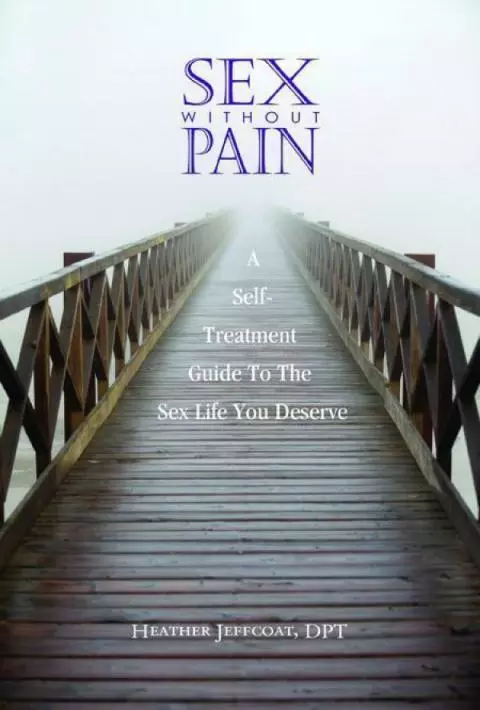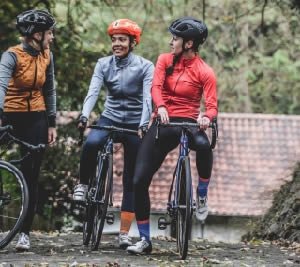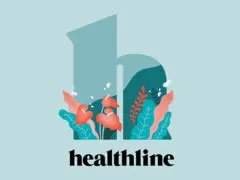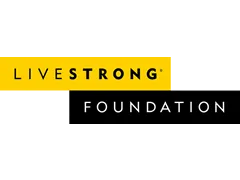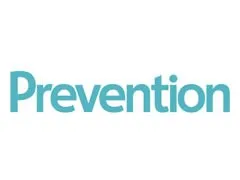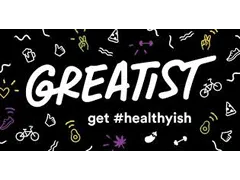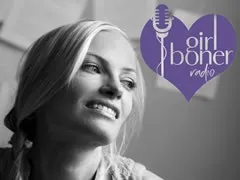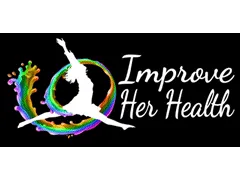Cycling has become an increasingly popular mode of exercise and transportation, and before COVID-19 cycling classes were very popular.
Now with many cities under shelter in place ordinances, folks are dusting off their bicycles and riding the streets for exercise.
There are many health benefits to cycling, including improved cardiovascular health, better weight control, and decreased risk of breast cancer in women (Greenberg, 2019).
Despite all these amazing health benefits (I, myself am an avid bicyclist), you can ask almost anyone who has ridden a bike- the seats can get kind of uncomfortable after prolonged periods of time. And for some, issues worse than discomfort can arise: genital numbness, genital pain, nerve conduction issues, and sexual dysfunction. Through the years there has been some research that has linked bicycle riding, genital pain and genital numbness, and sexual dysfunction in both sexes. In fact, we’ve explored how rider/seat positioning on your bicycle can exacerbate nerve and orthopedic issues in past blogs.
Cycling and Sexual Dysfunction
A recent study by Greenberg et al. (2019) further explores these associations. The study found that female cyclists who experienced frequent genital numbness and early onset of genital pain while cycling (within the first hour of riding) were more likely to report sexual dysfunction, including decreased arousal and satisfaction with orgasm.
Greenberg’s study found that female bicyclists who reported genital numbness and/or genital pain on half of their rides were more likely to have female sexual dysfunction (FSD), especially if the numbness/pain was around the clitoris. Cyclists experiencing genital pain within the first hour of their ride were more likely to have FSD. Interestingly, how often the cyclists rode (frequency) had no correlation with FSD and neither did length of time of their rides (duration). The frequency of numbness was correlated with decreased arousal, orgasm, and satisfaction during intercourse, whereas the frequency of pain significantly reduced arousal, orgasm, and genital lubrication.
In another study by Guess et al. (2006), more than 60% of the bicyclists who participated in the study reported genital pain, tingling, or numbness in the month prior, which was significantly higher in the bicyclists compared to the controls, 5% of which had genital pain, tingling and numbness. In Guess’ study, bicyclists rode on average 1-4 days a week, on rides that ranged between 4-100 miles each. Guess’ study also found that cyclists had decreased sensation at the perineum, posterior vagina, and the labia, bilaterally.
So What’s The Connection?
For sexual response to function, nerve fibers originating from the sacral area have to be recruited and stimulated, along those same lines, the blood supply to the genital must also be responsive to flood the area with blood to reach genital arousal. Any compression or obstruction along these nerve and blood vessel tracts could lead to some genital pain, numbness, tingling, as well as FSD.
This brings us back to that uncomfortable bike seat I mentioned earlier- when you’re seated on a bicycle, nerves and arteries that lead to the genitals (the pudendal nerve and it's branches (S2-4) and artery for you anatomically focus folks) are directly compressed. That means less nerve conduction and less blood flow, which can eventually lead to decreased sensation, numbness, pain, tingling, and general dysfunction. That is to say- your bike seat may be compressing your nerves and compromising blood flow to your genitals. This is true for both women and men, by the way, as it is also well documented that men who ride bikes a lot can have genital pain, numbness, and erectile dysfunction.
What You Can Do: Find the Right Seat
Bike companies have been trying to find more ergonomic designs for bike saddles for years, and the designs differ for different anatomy. This means that there is no perfect bike seat for everyone- whether you have a penis, wide or narrow hips, etc.- there are different shapes of bikes seats that will increase/decrease pressure on those precious nerves and arteries.
Female anatomies or those with wider hips should go with a wider saddle. Research has shown that both narrow saddles and saddles with central cutouts (that’s the long tube shape cutout up the middle) aggravated saddle pressure profiles experienced in competitive female cyclists (Baran, 2014).
Noseless seats may provide some relief for some, but not all. Noseless seats are basically a little stubbier than the traditional bike seat, with the front narrow “nose” cut off. There have some limited studies about noseless seats for both male and female cyclists, suggesting that there is less compression when the seat does not go all the way forward.
What you can do: Improve your riding position
Aside from getting a more comfortable bike seat, your riding position can either increase or decrease the pressure on your genital area. See this past Femina PT blog for some bike fitting tips.
Raise those handlebars to avoid a forward leaning/aerodynamic position.
Studies have found that a leaned forward/aero position (think about those Tour de France riders bombing down a hill) places more pressure on your internal pudendal arteries i.e. the arteries that provide blood to your genital areas. Raising the handlebars so they are higher than the bike seat will help keep you out of that position for prolonged periods of time (Baran, 2014).
What You Can Do: Other Factors
Mountain biking vs Road biking
Some studies suggest that mountain biking may cause harder bumps and vibrations on the perineal area, increasing risk for damage of the nerves in that area (Baran, 2014).
Body weight
Body weight of the bike rider will increase pressure on the bike seat, another consideration (Baran, 2014).
Take Breaks!
As with any activity, if you are feeling discomfort- take a break! If you are starting to feel some numbness or pain in the genital area while biking, get off your bike to stretch and take a break.
Contact a Professional for a Bike Fitting
Certain physical therapists, bike fitness instructors and others have special training in regards to fitting your bicycle. Heather Jeffcoat, DPT and owner of Femina PT clinic can fit you on your bicycle and give you special tips to make sure you are not exacerbating issues with your riding habits. If you are having issues with your bike, contact a professional today.
References
Gaither TW, Awad MA, Murphy GP, et al. Cycling and female sexual and urinary function: results from a large, multinational, cross-sectional study. J Sex Med 2018;15:510-518.
Greenberg, D. R., Khandwala, Y. S., Breyer, B. N., Minkow, R., & Eisenberg, M. L. (2019). Genital Pain and Numbness and Female Sexual Dysfunction in Adult Bicyclists. The Journal of Sexual Medicine. doi:10.1016/j.jsxm.2019.06.017
Guess, M. K., Connell, K., Schrader, S., Reutman, S., Wang, A., LaCombe, J., … Mikhail, M. (2006). ORIGINAL RESEARCH—WOMEN’S SEXUAL HEALTH: Genital Sensation and Sexual Function in Women Bicyclists and Runners: Are Your Feet Safer than Your Seat? The Journal of Sexual Medicine, 3(6), 1018–1027. doi:10.1111/j.1743-6109.2006.00317.x
Hermans TJN, Wijn RPWF, Winkens B, et al. Urogenital and sexual complaints in female club cyclists-a cross-sectional study. J Sex Med 2016;13:40-45.
Baran, C., Mitchell, G. C., & Hellstrom, W. J. G. (2014). Cycling‐Related Sexual Dysfunction in Men and Women: A Review. Sexual Medicine Reviews, 2(3-4), 93–101. doi:10.1002/smrj.32
Buller JC. Female cyclists and perineal symptoms: An experimental bicycle seat. Clin J Sport Med 2001;11:289–90.
Leibovitch I, Mor Y. The vicious cycling: Bicycling related urogenital disorders. Eur Urol 2005;47:277– 87
Baeyens L, Vermeesche Bourgeois B. Bicyclists’ vulva: Observational study. BMJ 2002;325:138–9.




















